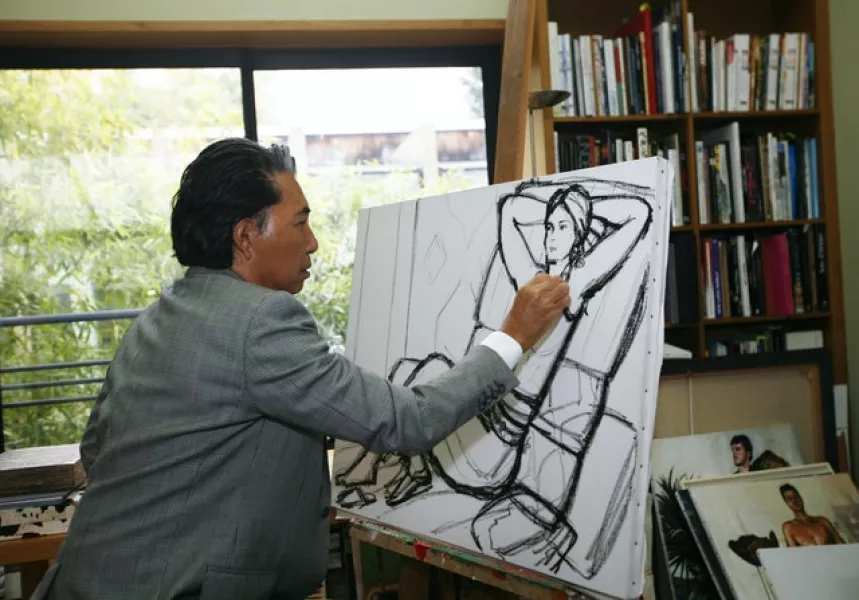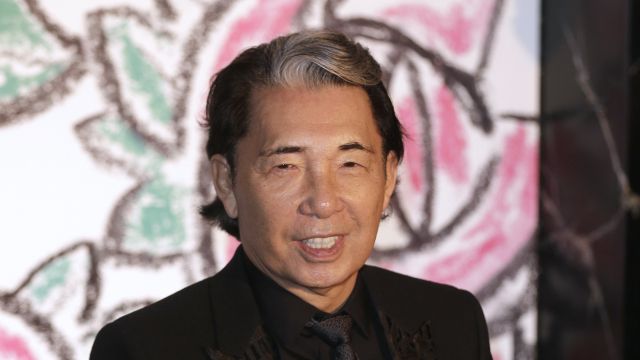His family said in a statement to French media that the fashion designer died from complications from Covid-19 in a hospital near Paris. A spokeswoman for the company that organises press for his brand confirmed that he had died, but did not give a cause of death.
Though Takada had been retired from his house since 1999 to pursue a career in art, he remains one of the most respected fixtures of high Paris fashion.
Since 1993, the brand Kenzo has been owned by French luxury goods company LVMH. The current designer, Felipe Oliveira Baptista, unveiled Kenzo’s spring-summer 2020 collection to fashion editors on Wednesday.

“His amazing energy, kindness, talent and smile were contagious,” said Baptista. “His kindred spirit will live forever.”
Bernard Arnault, chairman and chief executive of LVMH, added: “Kenzo Takada has, from the 1970s, infused into fashion a tone of poetic lightness and sweet freedom which inspired many designers after him.”
Takada was born on February 27 1939 in Himeji, Japan, to hoteliers, but after reading his sisters’ fashion magazines his love of fashion began.
Studying at the Bunka College of Fashion in Tokyo, he had a brief stint working in Japan, before relocating to Paris in 1965, to work as a freelance designer.
In Paris, he took over a boutique in 1970.
His first collection was made entirely out of cotton because he had little money. But the clothes spoke for themselves and a model of his was put on the cover of Elle magazine.
A short time after, pioneering shoulder forms, large armholes, dungarees, smock tent dresses, innovative shoulder shapes, and his store was featured in US Vogue. He showed collections in New York and Tokyo in 1971.
Yves Saint Laurent was an important inspiration, in his work, he has said. He shared Saint Laurent’s penchant for theatrics. In 1978 and 1979 he showed in a circus tent, and it featured himself riding an elephant, and performers rode horses wearing see-through uniforms.
His love of travel and use of ethnic influences were strong features in his three decades at his fashion house.
His contribution to style was significant. He championed a youthful aesthetic and unstructured form. His signatures were of wider sleeves and arm holes, that harked to historic styles in his home continent of Asia.







